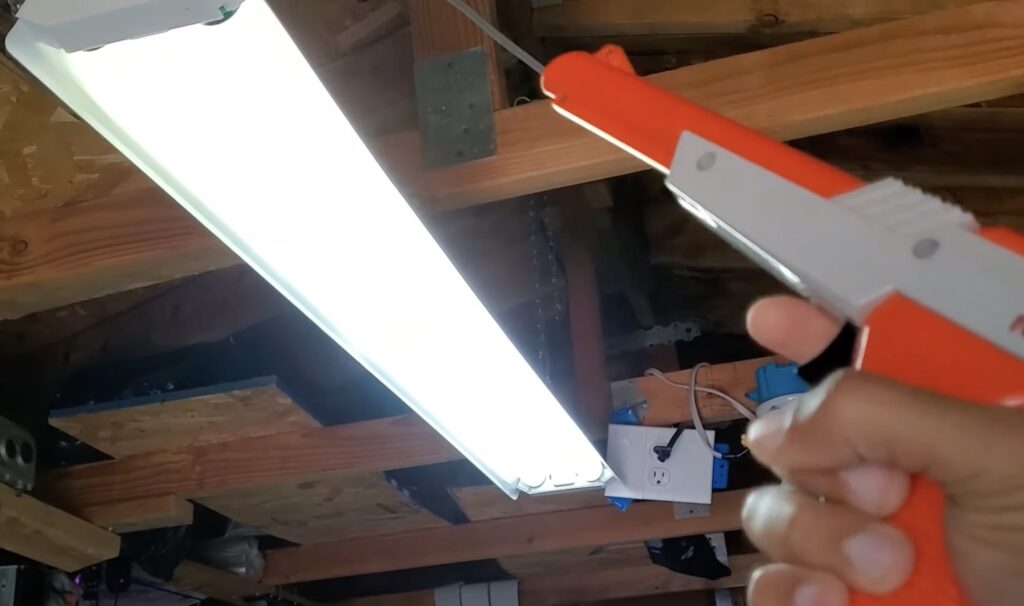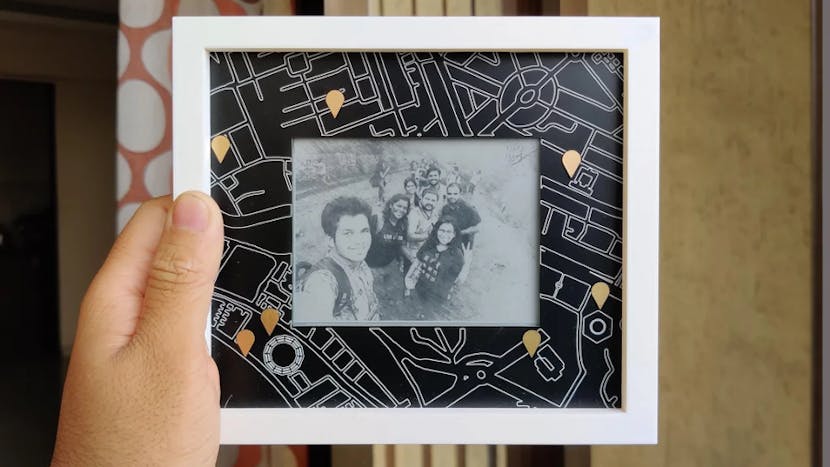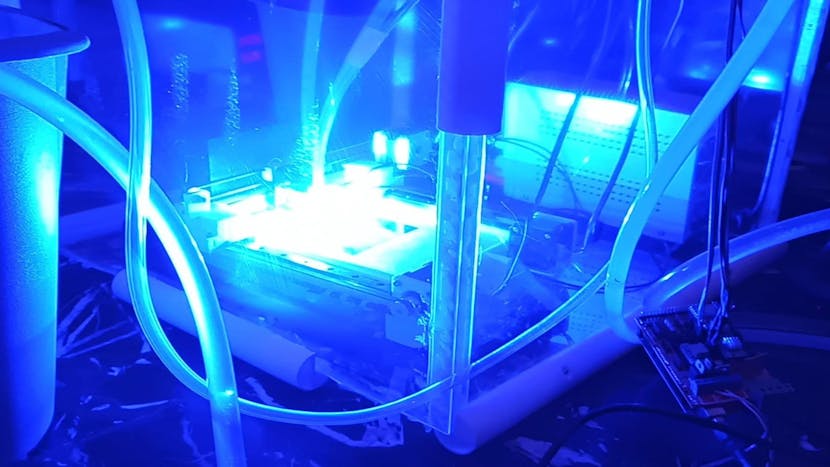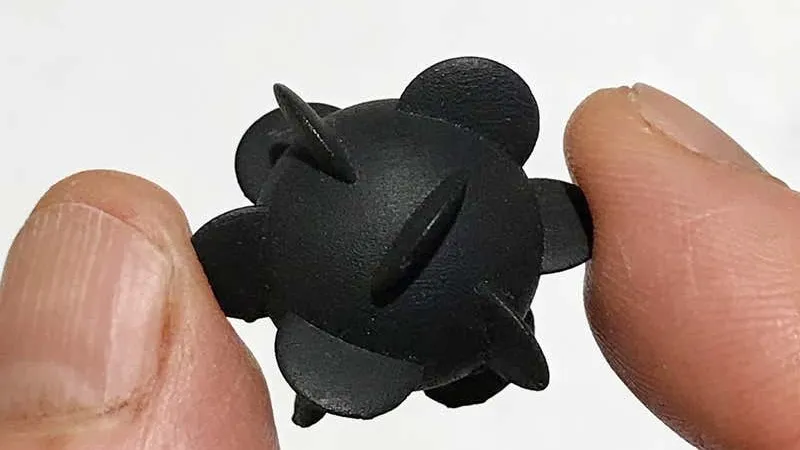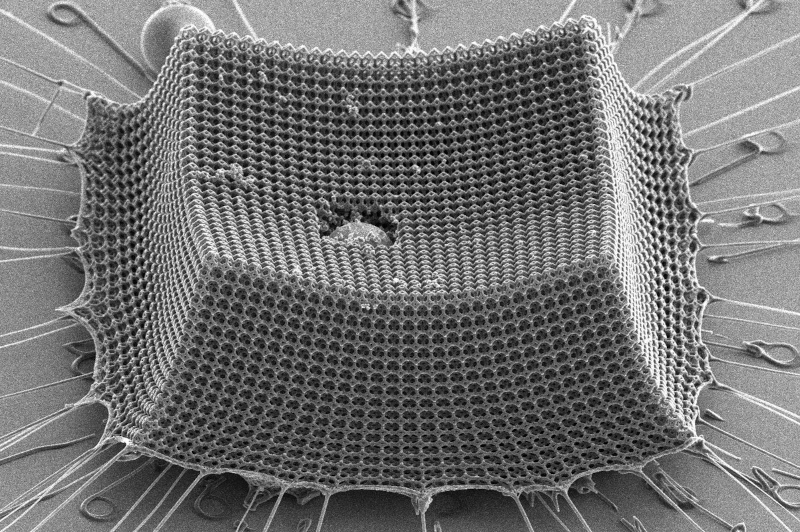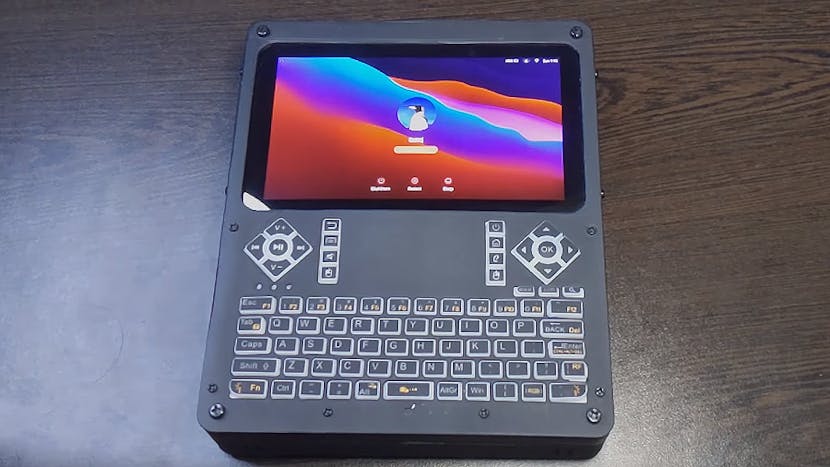Those of us who have experienced the Nintendo Zapper while playing games such as Duck Hunt will probably have fond memories of it. However, with the rapid disappearance of CRT TVs and the aging of the physical mechanisms, YouTuber DuctTape Mechanic wanted to give an old Zapper a new lease on life. His modification integrated a small RF transmitting module into the top of the device, allowing it to be switched on by the trigger’s microswitch. With everything in place inside the Zapper, he moved onto the receiver.
